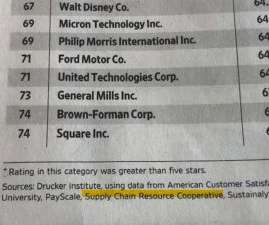3 Questions from Your Future Supply Chain Talent
Logistics Viewpoints
MAY 11, 2021
It’s graduation season, so the hunt for critical supply chain talent is more vigorous than ever. We may be known for ensuring we can make and move “stuff,” but ultimately supply chains are human. So as you prepare to onboard new supply chain talent, are you ready to answer the questions they will have?
















Let's personalize your content